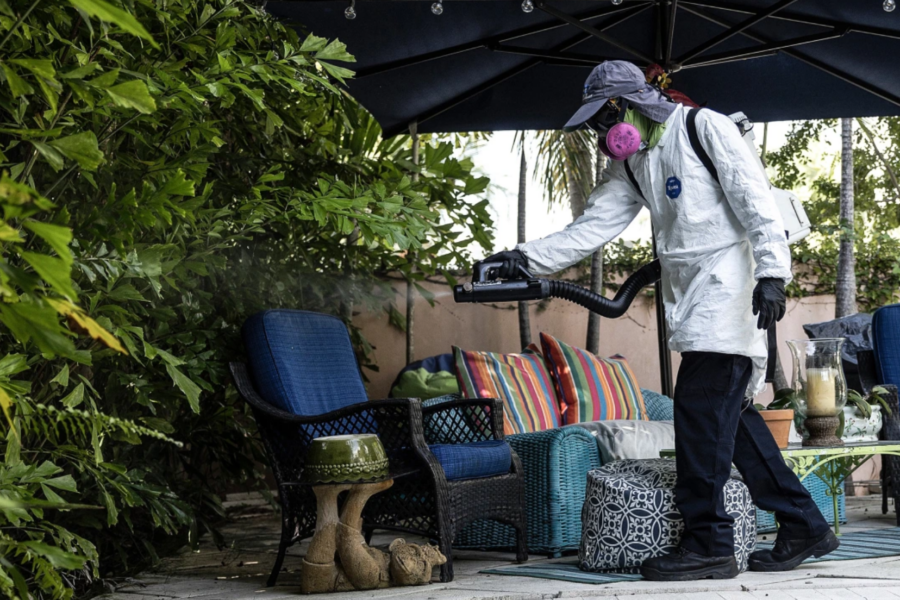Florida health officials reported a new case of malaria on Tuesday, bringing the total number of locally acquired malaria infections in the U.S. to eight since May.
The cases are the first in 20 years to be acquired in the U.S.
The Centers for Disease Control and Prevention said last month that locally acquired infections — those not linked to travel outside the country — constitute a public health emergency.
The newest case was identified last week in Sarasota County, where all seven of Florida’s cases have been found.
The Texas Department of State Health Services reported another case of locally acquired malaria in June, which was not connected to the Florida ones. The Texas patient, who was working for the National Guard along the Rio Grande when he developed symptoms, said he was initially misdiagnosed with a viral infection.
Malaria is a serious, sometimes fatal, disease caused by a parasite that’s usually transferred to humans through the bites of female Anopheles mosquitoes.
Typical symptoms include fever, chills, headache, muscle aches and fatigue. Some patients also experience nausea, vomiting and diarrhea, according to the CDC. Symptoms typically appear 10 days to four weeks after being bit by a mosquito.
Malaria was considered eliminated from the U.S. by 1951, but the country sees around 2,000 cases annually, nearly all among people who had traveled to places outside the U.S.
